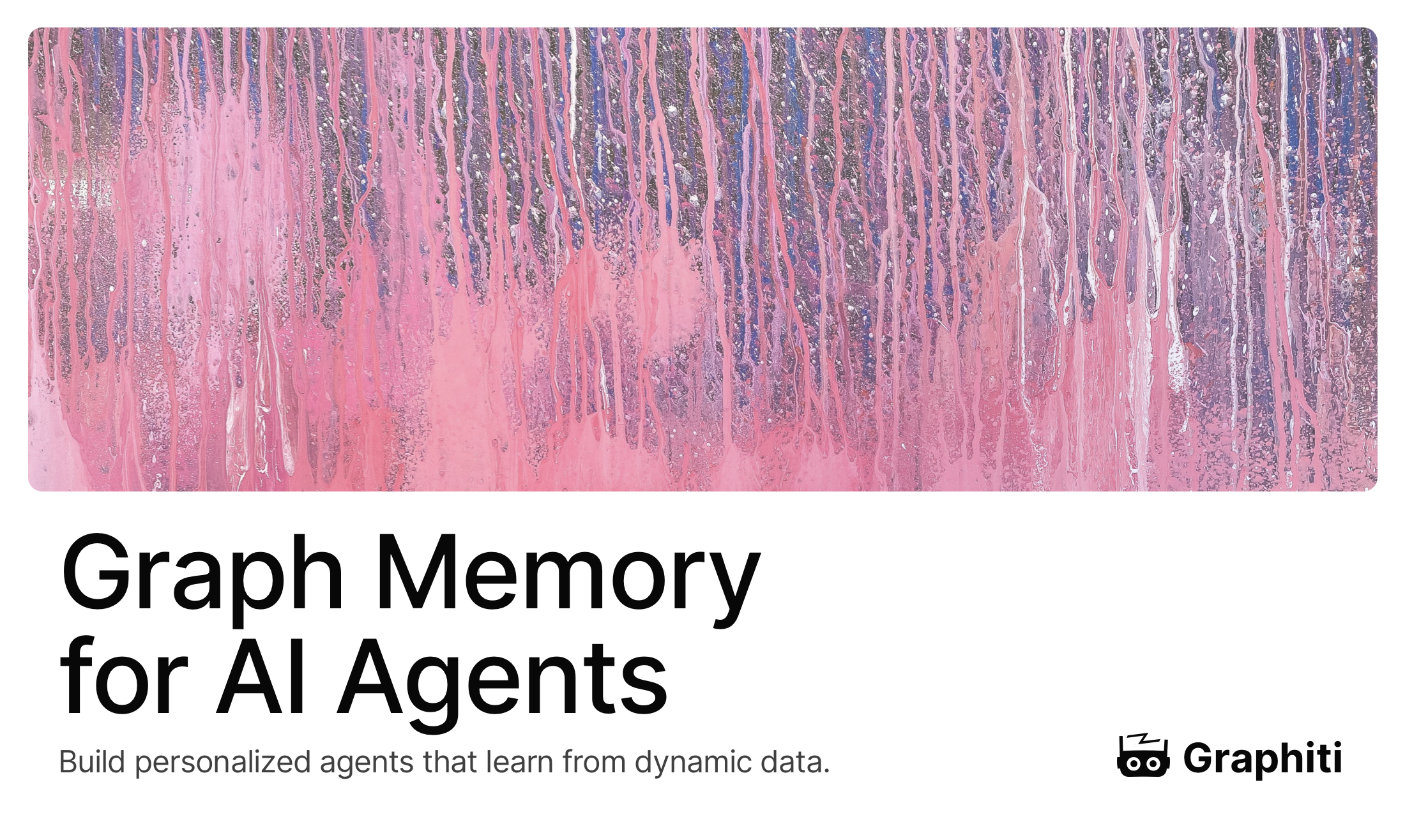Table of Contents
Overview
In the rapidly evolving world of AI, memory is key. AI agents need to remember past interactions, learn from data, and reason over information to provide truly intelligent responses. Enter Graphiti by Zep, an open-source memory layer designed to empower AI agents with the ability to persist and structure information using knowledge graphs. This Python-compatible tool promises to revolutionize how AI agents handle long-term memory and dynamic data access. Let’s dive in and explore what Graphiti has to offer.
Key Features
Graphiti boasts a powerful set of features designed to enhance AI agent memory:
- Knowledge graph-based memory: Stores information as nodes and relationships, enabling rich and contextual understanding.
- Python SDK: Simplifies integration with existing Python-based AI workflows.
- Chat + document ingestion: Easily ingest chat logs and business documents to populate the knowledge graph.
- Dynamic data structuring: Adapts to evolving data structures and relationships over time.
- Real-time memory querying: Allows agents to quickly retrieve and reason over structured memory.
- Open source (MIT license): Provides flexibility and transparency for customization and community contributions.
How It Works
Graphiti leverages the power of knowledge graphs to structure and persist information for AI agents. The process begins with ingesting data from various sources, such as chat logs and business documents. This data is then parsed into nodes and relationships within the knowledge graph. These nodes represent entities, while the relationships define the connections between them. This structured representation allows AI agents to efficiently retrieve and reason over the stored memory. The dynamic nature of Graphiti allows it to adapt to changes over time, supporting persistent learning and ensuring that the agent’s memory remains relevant and up-to-date.
Use Cases
Graphiti’s capabilities make it suitable for a variety of applications:
- Building AI agents with memory: Equip your AI agents with the ability to remember past interactions and learn from experience.
- Enterprise chatbot memory systems: Enhance chatbot performance by providing them with access to a structured knowledge base of information.
- RAG enhancement with structured memory: Improve the accuracy and relevance of Retrieval-Augmented Generation (RAG) systems by using Graphiti to structure and retrieve information.
- Developer tools for persistent AI workflows: Create robust and reliable AI workflows that can persist data and knowledge over time.
Pros & Cons
Like any tool, Graphiti has its strengths and weaknesses. Let’s take a look at the advantages and disadvantages.
Advantages
- Flexible and open-source: Offers customization and community support.
- Easy integration via Python: Simplifies adoption for Python developers.
- Supports evolving memory needs: Adapts to changing data and relationships.
Disadvantages
- Developer setup required: Requires technical expertise for initial setup and configuration.
- Graph complexity may grow: Managing large and complex knowledge graphs can be challenging.
- No hosted version yet: Requires self-hosting, which may add to the operational overhead.
How Does It Compare?
When considering memory solutions for AI agents, it’s important to understand how Graphiti stacks up against its competitors:
- LangGraph: Focuses more on flow orchestration than memory management. Graphiti provides a more robust solution for structuring and persisting information.
- MemGPT: Offers LLM-native memory but lacks a graph schema. Graphiti’s knowledge graph approach provides a richer and more structured representation of information.
- ChromaDB: Primarily focuses on vector storage, not graph-based memory. Graphiti excels at representing relationships and context within data.
Final Thoughts
Graphiti by Zep presents a compelling solution for developers looking to build AI agents with robust and persistent memory. Its open-source nature, Python compatibility, and knowledge graph-based approach offer a flexible and powerful way to structure and manage information. While the developer setup and potential for graph complexity are considerations, the benefits of enhanced memory and dynamic data access make Graphiti a tool worth exploring for those serious about building truly intelligent AI applications.
